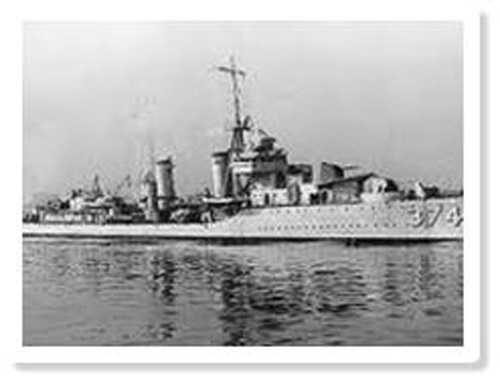At the end of WWII, the American’s offered all their surplus war materials to the ondominium government for a minimal price but they tried to bluff them into giving it to them for free, the plan backfired and the Americans dumped thousands of tons of US military equipment into the sea.
Named for its worth at the time, there are a multitude of bulldozers, cranes, fork lifts, and trucks piled upon one another in this unique dive site.
Depth ranges from 3m down to 50m; it’s a dive not to be missed.
The 1st US Navy destroyer built with a lot of stainless steel, she now is a great dive site and marine eco system. She lies just off Malo in 16m to 21m of water on a sandy bottom and due to her location often has visibility of over 30m.The Tucker also fell afoul of friendly mines during WWII as there was no communication to the captain that the mine field had been laid.
You can swim through and around this site with ease and it is a must do dive while in Santo.The Tucker is an American navy destroyer which met the same fate as the Coolidge only months before.
What makes it different is that it was the first ship to be made predominantly from stainless steel, at around 115m in length she lies on the bottom now broken in two with the stern in about 16m and the bow in 22m.She makes for a great dive, exploring the nooks and crannies and she is covered in a large variety of corals and marine life. And due to her final resting place the visibility is generally over 25m.
Famous New Zealand tug that served in the rescue efforts of the 1968 sinking of the Wahine Ferry in Wellington before being used for oil salvage on the SS President Coolidge. She now rests fully upright in a beautiful sand flat with fantastic fish life and gorgeous coral growth including sea pens!
The depth ranges from 46m at her keel to 30m a top of her superstructure. She was intentionally scuttled in the Segond Channel as a dive wreck in the early eighties. She sits upright on a white sandy bottom with a maximum depth of 46m and minimum depth of 30m.
The stark contrast of the tug against the sand makes for an impressive sight and she usually has good marine life around her and there is penetration into the engine and boiler room.




